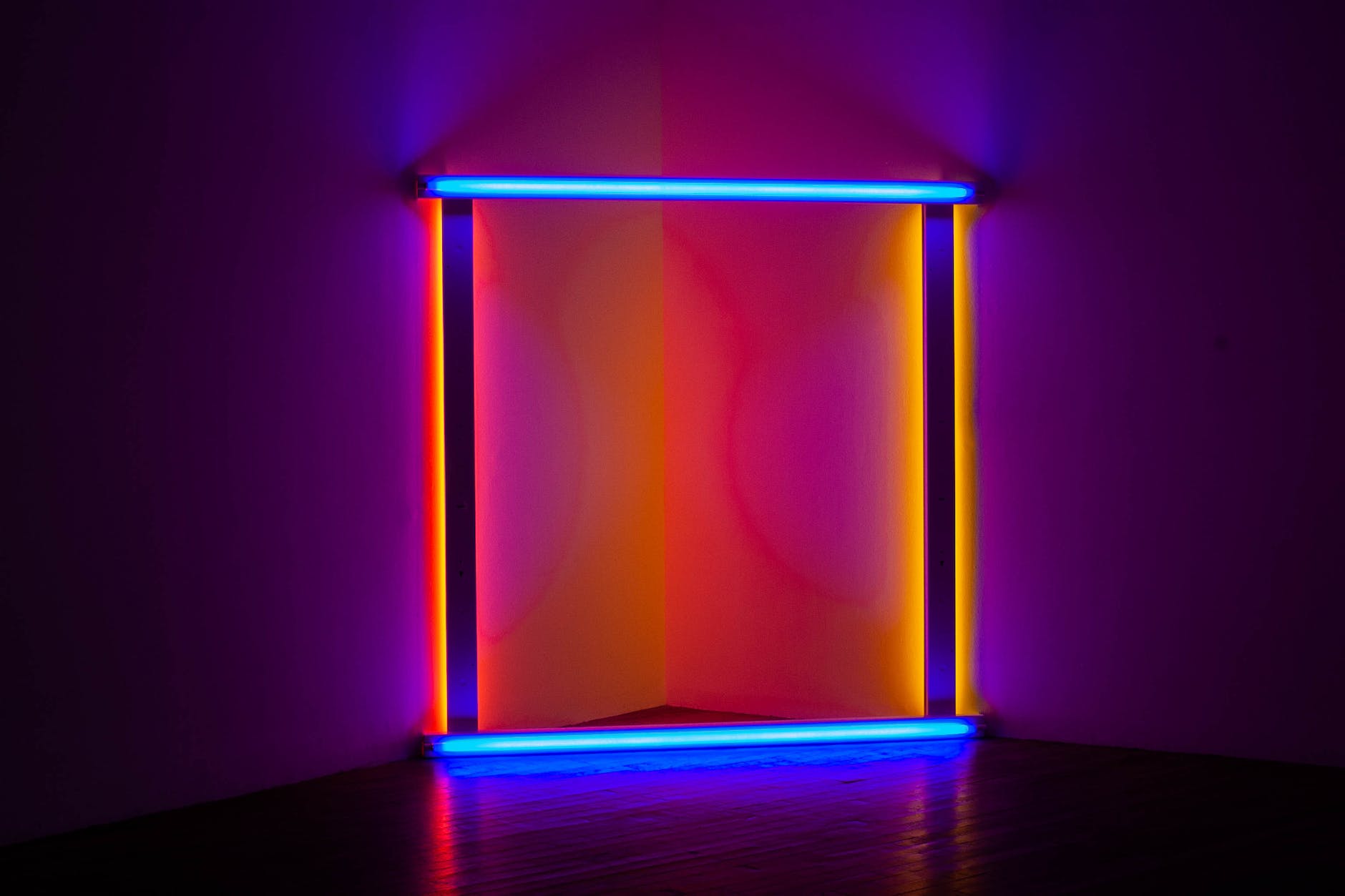Business cards are still helpful in many face-to-face situations despite the widespread use of digital communications. They continue to be crucial marketing tools since they are the initial point of contact between your brand and potential customers.
However, given the prevalence of their use, you must make sure yours stands out. Your networking efforts will be more successful if you have appealing business cards that attract the interest of potential clients who might have otherwise thrown them away.
Here are a few tricks to remember when designing a professional business card for your new online business.
Hold onto your brand identity:
Business cards convey a lot about you and your brand. Pick a design that truly embodies your company’s identity. If you’re a designer, be sure your business card showcases your distinctive style. Maybe you’re an interior decorator who appreciates clean lines and excels in modern styling; if so, your template should reflect that. The first creativity rule to remember is that less is always more. Do not overdesign your card or include too much text or other content.

Stick to simple fonts:
While unconventional fonts are amusing, you still want recipients to be able to read your business card quickly. The majority of business card designs benefit from using professional fonts. Numerous designers like sans serif fonts.
Avoid using more than one or two different fonts or being overly creative with your font selection. Keep the text clear and concise, and let your logo be the visual aspect of your business card identity.
Make space for the logo:
Your business card represents you and your brand and serves as a means of communication. Therefore, the logo is everything. Think about making your logo the only thing on one side of your card. It merits a prominent location that will immediately draw the attention of potential customers as a visual representation of your firm.
Your completed logo and brand colors are two essential design elements to consider when you start thinking about making new business cards. Most of your visual branding should revolve around these components, impacting other card design aspects.
Be wise with color selections:
Bright colors can stand out, but they can also make your business card look flashy, a style most companies usually do not prefer. If your business card is appropriately designed, its vibrant, intense colors could make it challenging to read, thus killing the purpose. Therefore, you must choose your color theme very carefully.

Don’t shy away from white space:
Keep your card simple; if it has too many aspects, it will compete for the reader’s attention, and nothing will be distinctive. If you cram more information onto your business card, reading will be more challenging.
White space, from a design standpoint, aids in highlighting the space that contains text or a logo. Some recipients make notes on their business cards to help with memory. Adequate white space, which incorporates content on only one side, makes it easier for receivers to accomplish this.
Pick out the proper orientation:
Your business card’s size and orientation will determine how much information you can fit on it to represent your company. Most business cards are horizontally arranged, rectangular, and roughly the size of a credit card. This format is well-known; thus, it’s a secure choice. Consider adopting a square design, rounded corners, or a vertical orientation if you want to stand out.
Include relevant information:
Your business card should include all the details about your business that clients require to get in touch with you, visit your website, or find your geolocation. Think about the layout when adding information to your business card template. Include your company name, phone number, website, email address, social media accounts, and your name and work title.
The information should flow well together while yet being readily identifiable from one another. Nevertheless, you can always change the visual flow by changing an element’s size, moving it, or including white space.

Find the right design platform:
You’ll be relieved to learn that there are numerous ways to design a business card without having to pay a hefty fee to a graphic designer if you lack graphic design expertise. There are several websites like this one that let you get cheap bids. You’ll be astonished at how inexpensive a quality design can be.
Apart from this, many applications provide or allow you to download business card templates. PosterMyWall is one of these platforms with thousands of templates for business cards that you can efficiently utilize and get creative with.
Bottom Line
Getting business cards is the next step in turning your small business ambition into a reality. Due to their compact size, they are simple to distribute to potential clients you meet at networking events. Not to add, incredibly convenient for clients to carry and get in touch with your business upon need. With these simple tricks, you can have a professional and memorable business card at your disposal. Happy designing!








